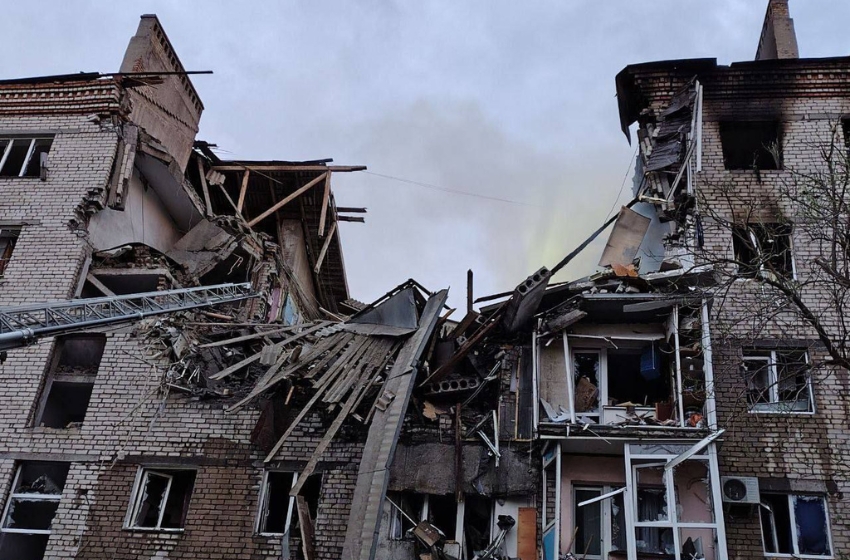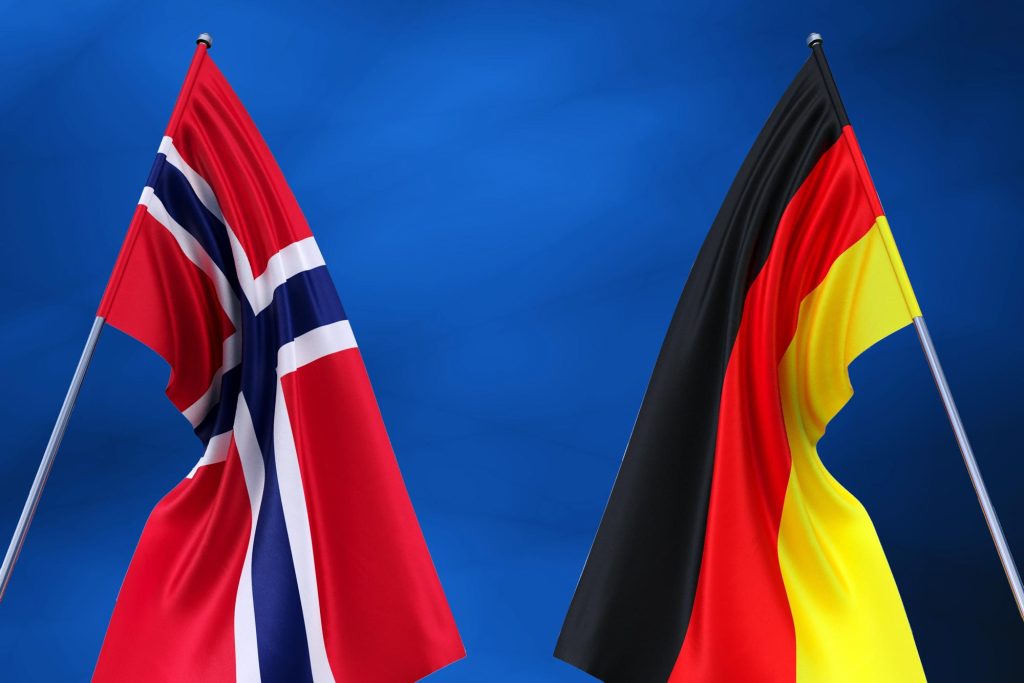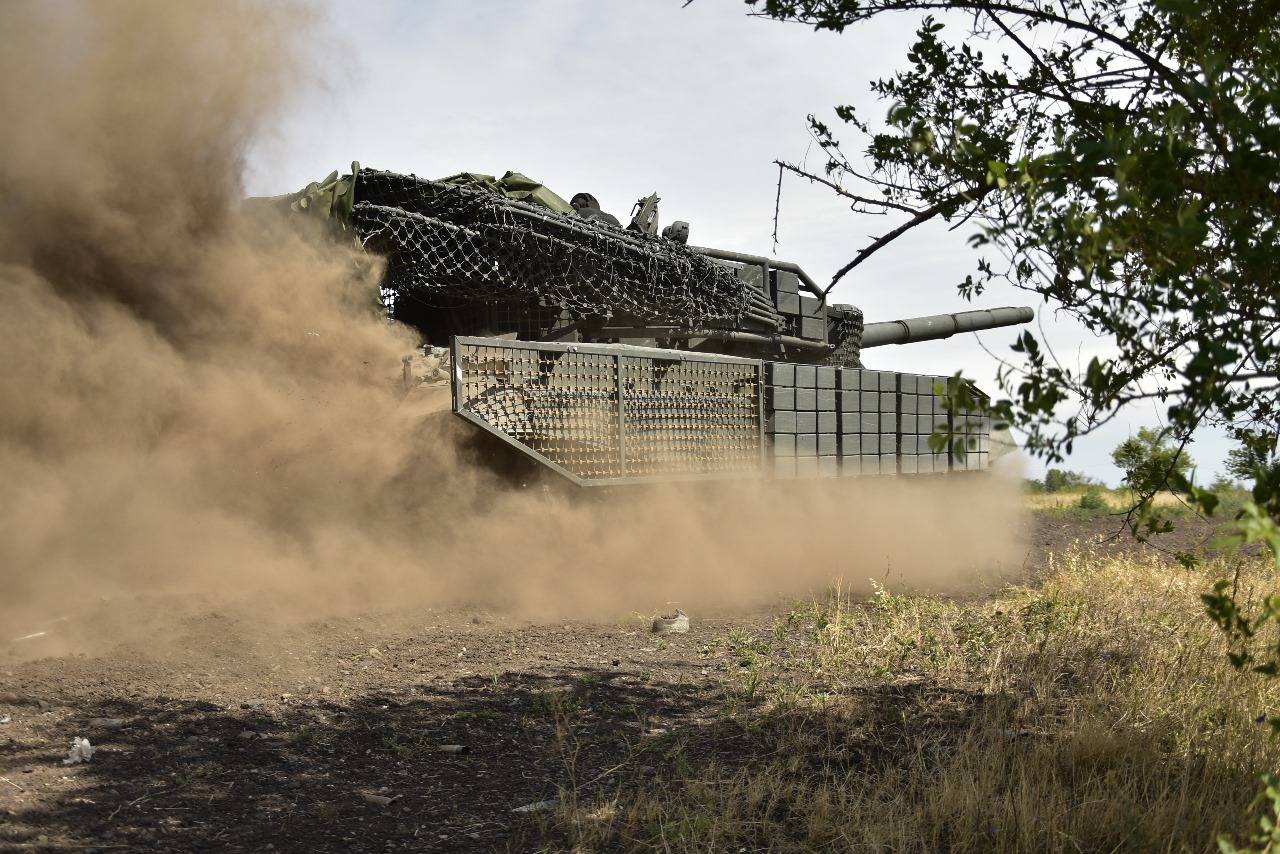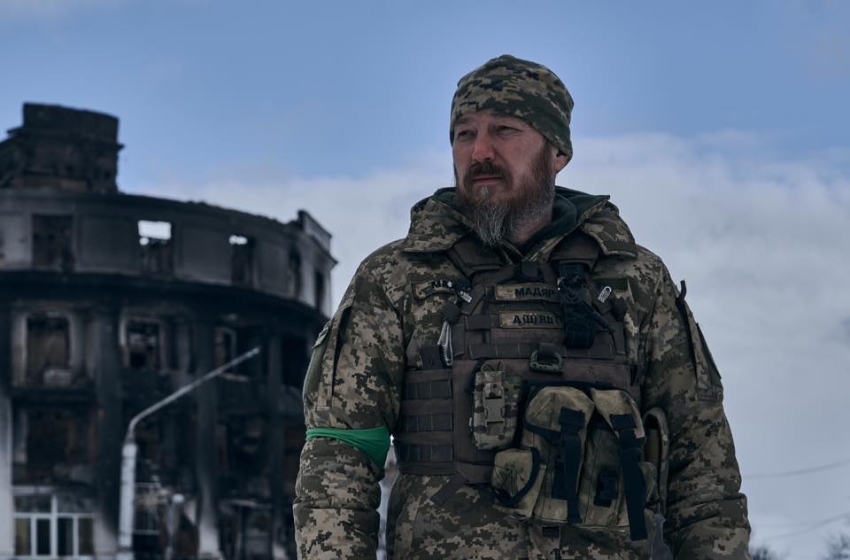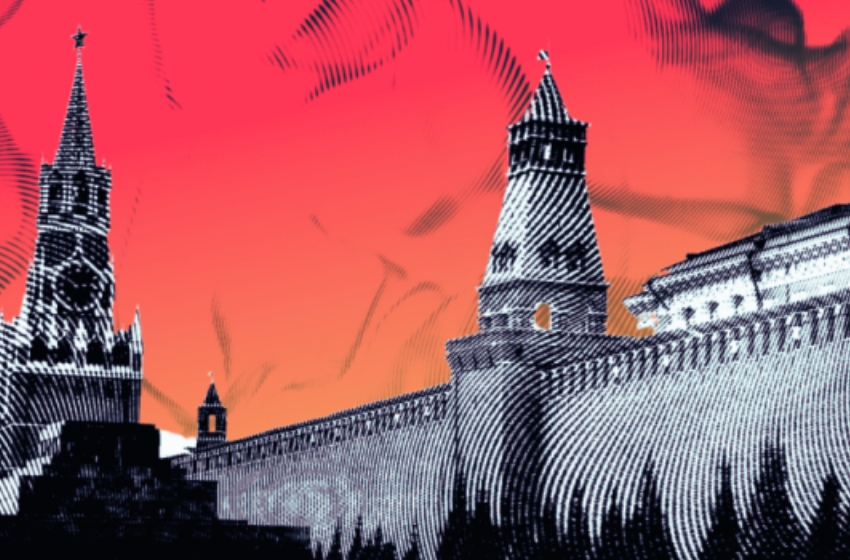Odessa is famous not only for its ancient streets, historical buildings and cosy courtyards, but also for the bridges.
From the first days of its foundation, the city was broken by deep gullies descending to the sea, ravines and slopes. Ditches were dug in the streets to divert rain flows. Therefore, many bridges were built. Some of them are tied to historical personalities and legends.
Mother-in-law Bridge

The name of this bridge, built in 1968, is tied to one of the most hilarious legends among Odessa bridges. It is a pedestrian bridge that passes over the Military Descent, connecting Zhvanetsky and Primorsky Boulevards. Its length is 130 meters and its height is 30. Initially, “Mother-in-law†bridge was supposed to be called Komsomolsky, since it was adjacent to Komsomolsky (now Zhvanetsky) Boulevard.
The legend says that, the First Secretary of the regional communist party committee Mikhail Sinitsa was glutton of his mother-in-law’s blinys (Russian pancakes). He himself lived on Primorsky Boulevard, and his relative was on Gogol Street, so he had to go around through the Sabaneev Bridge to reach her house, probably a too long boardwalk for the official. So his idea of building a direct pedestrian bridge, to reach earlier the yearned pancakes. Lately, the bridge got a new grim nickname of the “bridge of suicidesâ€.
Sabaneev Bridge

The construction of this bridge lasted five years, from 1831 to 1835. Its name was after the hero of the Patriotic War of 1812, General Ivan Vasilyevich Sabaneev, and one of the first bibliophiles of Odessa. In Soviet times, the bridge was renamed twice, in honour of Karl Marx and simply Northern Bridge, but the names somehow did not take root.
This is one of the most recognizable bridges in the city thanks to soviet cinema. More than a dozen films were shot with the bridge as background. The bridge blends in well with the city landscape, in harmony with the houses stretching out on its sides, forging fences and a view of Catherine’s Square. The bridge offered a beautiful view of the port, which today is complicated by new buildings on the Military Descent and the silhouette of the pedestrian Mother-in-law Bridge.
Stroganov Bridge

The bridge rises above the Polish and Devolanovsky descent. Built in 1863, it was named in honour of the Governor-General, Count Alexander Grigorievich Stroganov (the nobleman whose cook created the dish of beef stroganoff). The length of the bridge is 120 meters, and the height is over 13. The Stroganov bridge was considered the highest before the construction of the Mother-in-law Bridge.
A small bridge connected the bridge itself with the third floor of the clergy house of the Polish church. In this house (9 Polsky Descent St.) pilgrims once gathered before going to holy places in Palestine and there was also a small almshouse. In 1985 the authorities decided to rebuilt the bridge. But, they forgot to restore the small bridge to the house. Probably, soviet administration was not very obliging toward a religious institution.
Kotzebue Bridge

Kotzebuu Bridge stretches along Bunina Street above the upper part of Devolanovsky Descent. Opened in 1892. The metal bridge project was designed in 1889 by the famous civil engineer S.A. Landesman. It was named in honour of the Novorossiysk Governor-General and first commander of the Odessa Military District, the Count Pavel von Kotzebue, who did a lot for the city. The metal frame of the bridge was made in Paris, and it was already assembled in Odessa. The manufacturer was the "Societé des Ponts et Travaux en Fer", among the companies that built the Eiffel Tower.

An interesting detail of the bridge, miraculously preserved to this day, is the cast-iron old coat of arms of Odessa with the Maltese cross of Emperor Paul I. According to historians, it was not destroyed during the Soviet era, since it was located on the bridge’s guard lattice from the sea and there is little who paid attention.
Lovers' Bridge

This cast-iron bridge 12 meters long was built in 1970. It is part of the landscape and architectural exposition of a corner of old Odessa, located on Zhvanetsky Boulevard. The corner recreates the face of Odessa at the end of the 19th - beginning of the 20th centuries. Near the bridge there are an old well and a gazebo.
At the beginning of the 19th century, at the place where the bridge of lovers is now located, there was a military square for drill training of soldiers. Later, the parade parade was moved to Cathedral Square, our bridge was built not far from the famous square called the “Palais Royalâ€, where a sculptural pair of Eros and Psyche flaunts.















